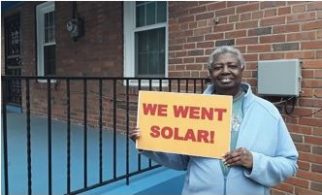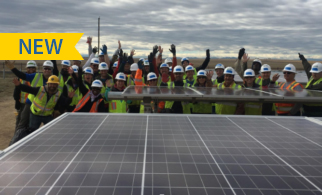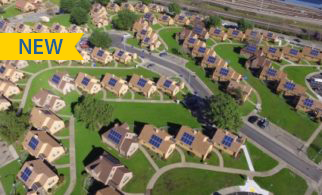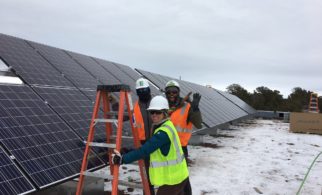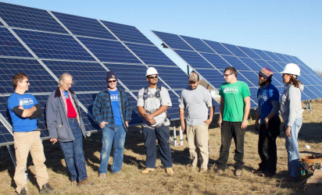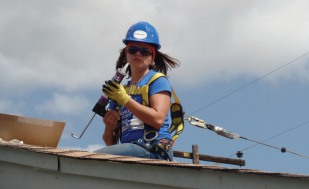Single-Family Rooftop Solar
Overview
Homeowners across the country have typically participated in the solar market by installing solar directly on their property to meet a portion of their own energy needs. Home ownership rates vary starkly among low-income households versus their wealthier counterparts, but nationwide approximately thirty-five percent of low-income families own their own homes. Coupling the core policies used to develop a strong rooftop solar market with specific provisions for ensuring low-income participation can effectively expand solar access among single-family homeowners. The definition of low-income varies by location but is typically defined as 80 percent of the area median income (AMI), which is the U.S. Department of Housing and Urban Development’s definition.

Successful strategies
Low-income single-family rooftop programs vary across states, but the most successful are those that overcome a family’s inability to pay upfront costs, and provide significant energy cost reductions from day one. Key strategies include:
- Net metering or other mechanism to direct full value of solar to the customer
- Significant, predictable upfront rebates or other incentives to reduce the overall cost and increase long-term benefits
- Ability to assign rebates to the installer, provided there is a guaranteed pass through of savings to the customer
- Strong consumer protections against predatory lending and misleading sales tactics
- On-bill financing or other easy means of repayment
- Elimination of credit requirements
- Stable long-term funding source
- Pairing solar with complementary programs like energy efficiency
